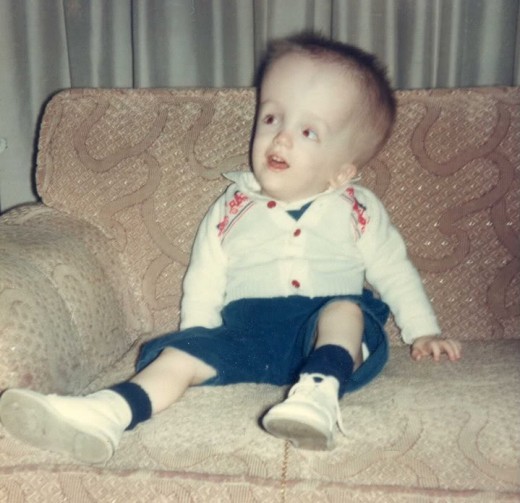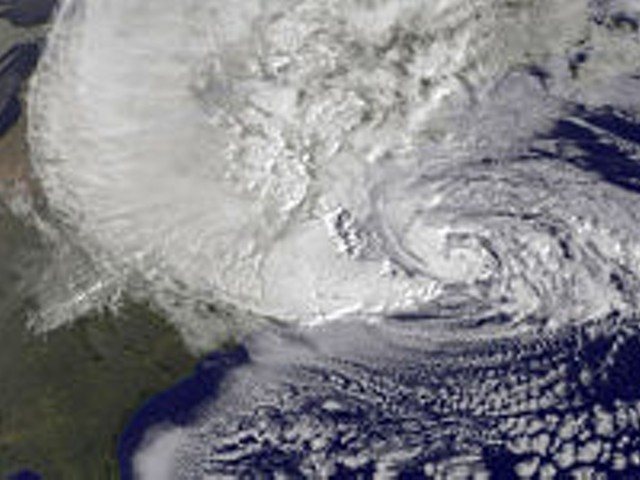In last week's paper we told you about five St. Louis ghost stories that just won't die.
One was the sad tale of "The Bubbleheads," a mythical family in north county with heads the size of pumpkins. Urban legend has it that their deformity was caused by experimental drugs or inbreeding. Other theories suggest they came from outer space.
Teenagers have been seeking out the family on a quiet residential block in unincorporated Florissant for at least 40 years.
Of course, a family of deranged Bubbleheads didn't really exist, but one resident told us he remembers a young child with hydrocephalus who lived down the block. Supposedly, the boy had to wear a football helmet to protect his delicate skull.
So what is hydrocephalus? It's a build-up of fluid in the brain that causes the head to visibly swell. The fluid is a clear colorless body fluid called cerebrospinal fluid that we all have in our brains to regulate and protect the cortex. The condition is also known as "water in the brain".
In addition to the physical deformities of a swollen head, many people afflicted with this condition will develop mental disabilities and epilepsy.
A baby photo from an adult survivor of hydrocephalus:
How do you get it? Hydrocephalus is caused by a build-up of CSF fluids. That can happen as early as in the womb or later in life, because:
- Your brain produces too much CSF.
- The flow of those fluids is obstructed
- CSF normally flows through the brain and spinal cord and gets soaked into the bloodstream. Hydrocephalus can happen when CSF isn't properly absorbed by the blood.
These things could happen if:
- You have the birth defect spina bifida, in which the spinal cord doesn't close properly.
- You have genetic defects that would predispose you to spina bifida or hydrocephalus.
- You have tumors along the Central Nervous System.
- You contract infections like meningitis or encephalitis, especially in infanthood.
How common is it? According to a 2005 study, these days hydrocephalus will afflict 0.82 infants per 1000 live births.
Can it be treated?
There are reports that physicians from ancient Greece, including Hippocrates (of oath fame) operated on children's skulls to try to alleviate the cranial pressure of "water on the brain" ("hydrocephalus" comes from the Greek words for water and head). Those experiments procedures were not effective (i.e. generally led to death) until the late 19th century, when physicians began using shunts to redirect CSF fluid to lower-pressure parts of the brain.
Today treatment for hydrocephalus still relies on shunts. Modern treatment programs involve placing a ventricular catheter into the cerebral ventricles to redirect and drain the excessive fluids into other parts of the body that can better absorb them. Sometimes it will relieve symptoms or cure the disorder, but a lot of the success there relies on individual anatomy. In some cases, excessive fluids will pool in places that cannot be safely reached by doctors. Unfortunately, the shunt failure rate is fairly high.
Can I still make fun of "bubblehead" kids? No, it's really mean-spirited and wrong. If you've read this far you can probably see what an upsetting disorder this really is.







